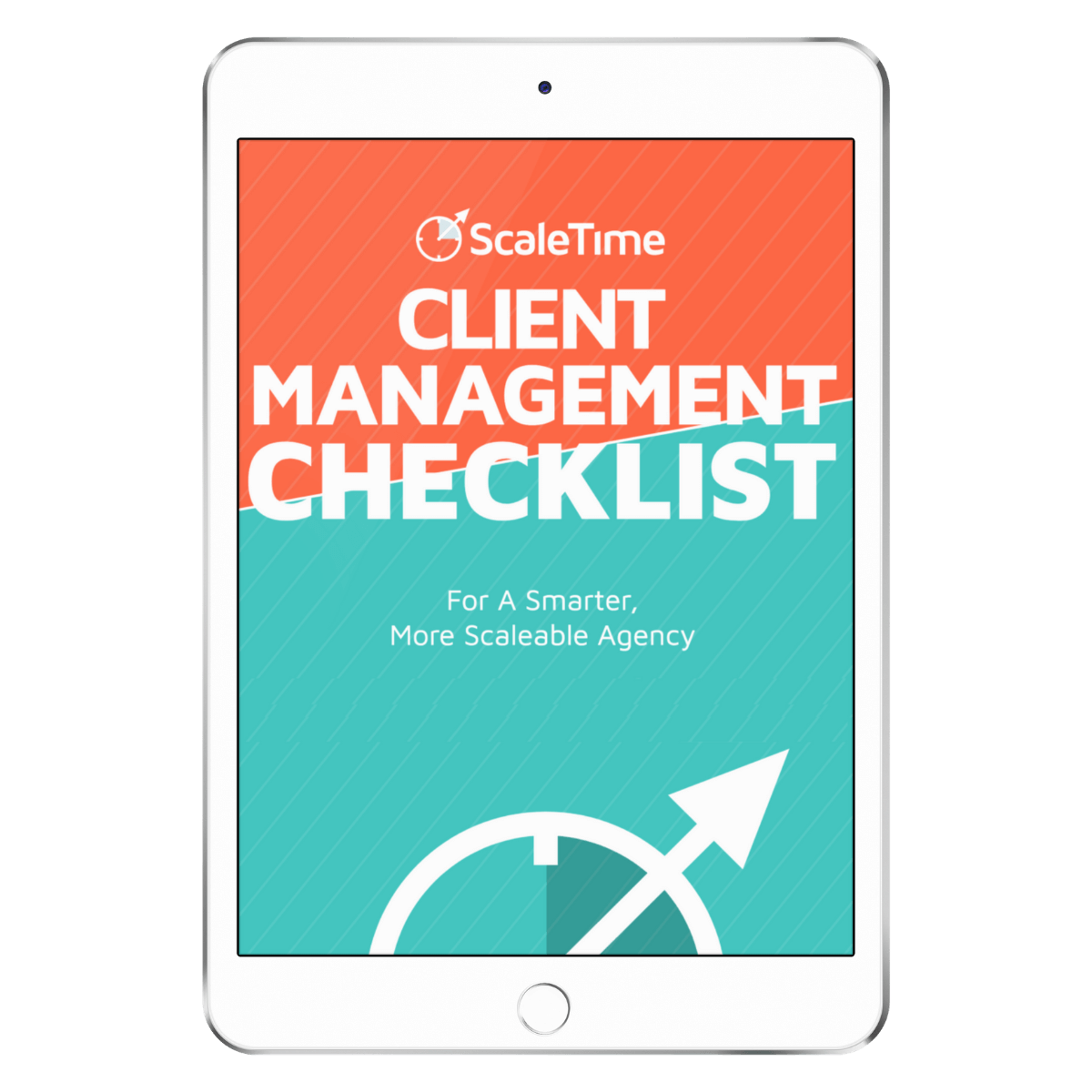
Maybe you like surprises. But while surprise parties and gifts make you smile, surprises at work make you cringe. When you’re a project manager or agency owner, you need a risk management plan and a risk management process for avoiding those not-so-pleasant surprises at work.
When you’ve got too much risk
Guess what? There’s no such thing as an accident when it comes to risk management — at least, not a happy one. There are only preventable events you didn’t see coming.
But you should perform a risk analysis for the unforeseen anyway and get cracking on your risk response planning.
“But I have no idea where to start with a risk management process! What does this sh&t even mean?!”
Good news! The gods of the Google algorithm have smiled upon thee. You’ve come to the right place, project manager amigo.
We’re gonna bust open the myths, the how-tos, and the what for’s on all things risk management and help you shore up your project management process , kick as$, and take names.

Where to start with a project risk management plan
The project risks management process starts by identifying as many potential risks as possible, and creating risk analysis plans to avoid, mitigate, or offset those project risks. Use the risk management template below to keep your project stakeholders happy as larks and stress-free.
An overview of where a project risk can happen
Some of these project snafus might be task-based. A project risk might be related to the nature of the work being done, or even where an uncertain event happen in the project management process.
But whatever the project risks you’re facing, you can build a project risks management plan to limit your downtime and lower your potential losses. Here’s how to encourage and empower your team members and project managers with their risk response through an airtight project risk management plan.
How does risk management fit into project management?
Identifying potential problem areas that might affect the outcome of your project is the first step in creating risk management plans, but it’s not the only one.
There are several steps in the risk management process, including:
- Identifying the a potential project risk
- Quantifying the effect if that risk should occur (this could be delays, lost revenues or other effects)
- Determining how likely each risk event is to happen
- Developing risk mitigation strategies
- Communicating risk management strategies with project team members
- Ensuring that risk management plans and procedures are followed
- Updating the risk assessment whenever new information is available
Often, organizations use a risk assessment matrix to calculate which risks are the most likely to occur and have the highest impact, and then they assign resources and develop strategies accordingly. But let’s look at each of these elements in a little more detail. Of course, low priority risks and those with a low risk score receive less attention than those with a higher risk score.
Your project management risk plan: Get the deets
The role of risk management in the project planning process is to analyze risks, focus everyone’s attention on what might go wrong, and create accurate risk checklists. This will ensure you have the most effective tools and processes ready if they do happen.
Our top risk management strategies and plans
1. Identify risks
The first step in creating an effective risk management plan and risk checklist in project management is to understand what the risks are. Every task you undertake will have some potential risks associated with it. And as such, your risk management plan needs to reflect your identified risks.
Action steps for identifying potential risks in your risk management plan
Your first step in creating a risk management plan is to talk to the project team members who will be involved in delivering each task. Ask them what might go wrong.
Sometimes, this might be something as simple as not getting enough information or supplies on time, which would delay delivery. Or there may be technical, budgetary, human resource problems, or any other kinds of issues that can delay your ability to complete each task.
Team members who are directly involved are best equipped to do this. List all of them as part of your first steps for creating a quantitative risk analysis.
2. Quantify your risk management
The next step in the risk management plan journey is to determine how big a risk is. Some issues are going to be more of a headache than others. Determining the impact of a given risk will help you create an accurate quantitative risk analysis.
It’s imperative that you understand the potential impact and how likely the problem is to occur. During the quantifying process, focus on what the impact of the risk would be, if it were to happen.
Some questions to ask yourself when creating your super-duper risk management plan:
- Would it delay progress?
- If so, would it affect other tasks and teams?
- Would there be financial losses?
- Would you need to spend more money to fix the problem?
Make notes of the possible impact of each risk on your risk management plan list — both the qualitative and quantitative impact.
3. Likelihood and risk assessment
Even if a risk could have catastrophic consequences if it were to happen, if it is very unlikely to happen, it might be less important than some risks that might look less significant at first glance.
Many project managers use numbers to rank the likelihood of risks occurring in their risk management plan.
If there is no chance of it happening, assign a zero. Low risk would be 1, moderate risk 2, higher risk 3, high risk 4 and very likely 5. In risk management, this is called a risk score.
You’ll want to spend more time developing risk mitigation strategies for risks that are moderate to very likely to happen and ruin your day.
4. Mitigate and identify risks
Risk mitigation strategies are all about how you will either prevent something from happening, or if it does happen, limit the qualitative and quantitative impact on the project.
This might mean that you assign more resources at the start of the project or use specific tools or processes that are less likely to create the conditions for the risk to occur. Spend time thinking about everything that could go wrong, and how you could lower the risk or effect.
5. Communication and implementation of risk response
These two steps coexist on most projects. You need to ensure that every team member knows how to react when any assessed risk happens, and you also need to make sure that they follow the procedure.
Knowledge and action are the two key pillars of effective risk management! So empower your project manager and their team to make good decisions in planning their risk response.
6. Update and review your risk management plan
Very few (if any) projects are the same on the day they are completed as the day they were started. Scopes change, things are added, and some milestones removed.
So, it makes sense that your risk assessment should change and evolve too.
Whenever there’s a major change to the work that needs to be done to deliver a successful project, you should update, add and amend your risk assessment plan.
Here are your action steps for effective project risk management
There are no (happy) accidents. And a good risk management plan will ensure that when and if things go pear-shaped on your project, you know exactly how to react. No nail biting required.
- Know your risks. You can’t prevent a disaster if you don’t know it’s even a thing.
- Quantify your risks. What’s the biggest log of you-know-what that can hit the fan? The smallest? Grade and number your risks so you know what’s the most important to avoid.
- Develop and communicate a risk response plan. Make sure your team members and project stake holders are involved, are on the case, and know what’s up.
- Be on top of things when it comes to the often inevitable project changes. Make it a priority to reassess your identified risks and make any necessary changes to your risk management planning.
Quick tip: risk identification isn’t a quick one-and-done type of thing.
You’ve got to tailor risk identification to each project. Plus, it’s a given that your project will change in some fashion at some point.
So, pivoting your risk identification is vital to manage risk and keep your project running smoothly.
Ready to level up this biotch? Schedule a FREE session with us to get the ball rolling on your project risk plan.




















%20(1).gif)
